LED Screens Manufacturer in China-VSTAR LED
LED Display manufacturer in China
LED Screens for Airports
Airport executives are constantly seeking effective methods to enhance the efficiency and user-friendliness of their facilities for travelers. One of the most efficacious solutions that they have discovered is through the utilization of LED screens. These screens have become ubiquitous in airports around the globe, as they provide useful information to travelers regarding flight times, and simplify navigation within the airport premises. Our present article delves into the myriad of benefits that these LED screens can offer your airport, which include improving your customer’s experience, optimizing your operational efficiency, and enhancing your ability to serve your clientele. We will also investigate how airports have already integrated these cutting-edge technologies and the crucial considerations that you should keep in mind before implementing them in your own facilities.

Indoor LED screens
It can be used for a variety of purposes, including conferences, video studios, airports, churches and concerts.
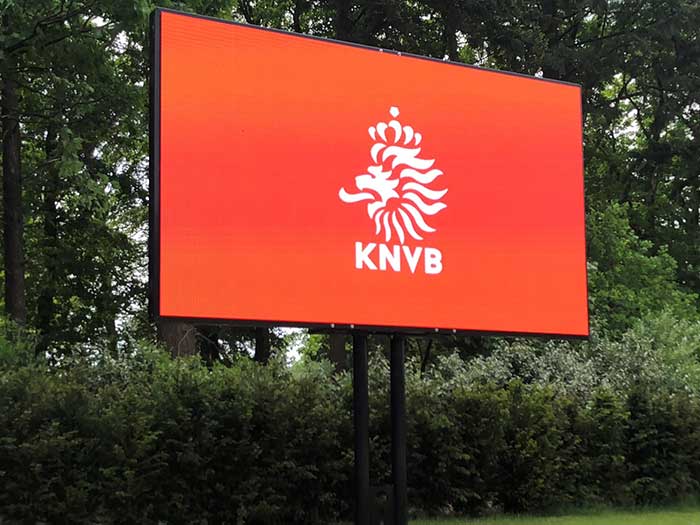
Outdoor LED screens
Outdoor LED Screens are mainly used for installing media facades as a brand advertisement.

Stage LED Screen
Displaying colorful and exciting events shows and some outside stages by using rental led displays.
Fine Pitch LED Displays
High-resolution LED display shows 4K video content in the control room and display vividly videos.
The Different Types of LED Screens
There are many different types of LED screens available on the market today. Here is a brief overview of some of the most popular types:
1. Indoor LED screens: These screens are typically used for indoor applications such as shopping malls, office buildings, and convention centers. They are available in a variety of sizes and resolutions to suit your needs.
2. Outdoor LED screens: These screens are designed for outdoor use, and are often used for advertising or displaying information at sports venues and outdoor events. They are available in a variety of sizes and resolutions to suit your needs.
3. Flexible LED screens: These screens can be bent or shaped to fit any space, making them ideal for use in unique locations or for creating custom displays. They are available in a variety of sizes and resolutions to suit your needs.
4. Transparent LED screens: These see-through screens can be used indoors or outdoors, and are often used for high-impact displays or as digital signage. They are available in a variety of sizes and resolutions to suit your needs.
2023 New LED Screen Price Check
Quick and easy: Enter your specifications and get a quote in one business day
Where the LED Screen used for airport
Airport LED screens are one of the most important parts of communication and information management. They are used in airports around the world to provide information to passengers and staff about flight departures, arrivals, cancellations, delays and much more. But where do airport LED screens come from? How do they work? In this article, we will explore the origins of airport LED screens, their usage and how they have changed over time. We’ll also take a look at some of the benefits that airport LED screens offer those who use them.
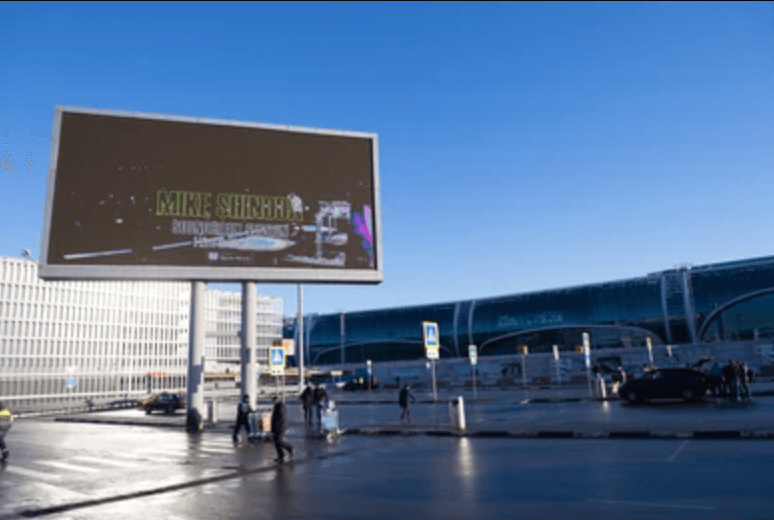
Airport roadside
Airport roadside LED screens are used to provide information to drivers about airport arrivals and departures. The screens can also be used to advertise local businesses or promote special events.
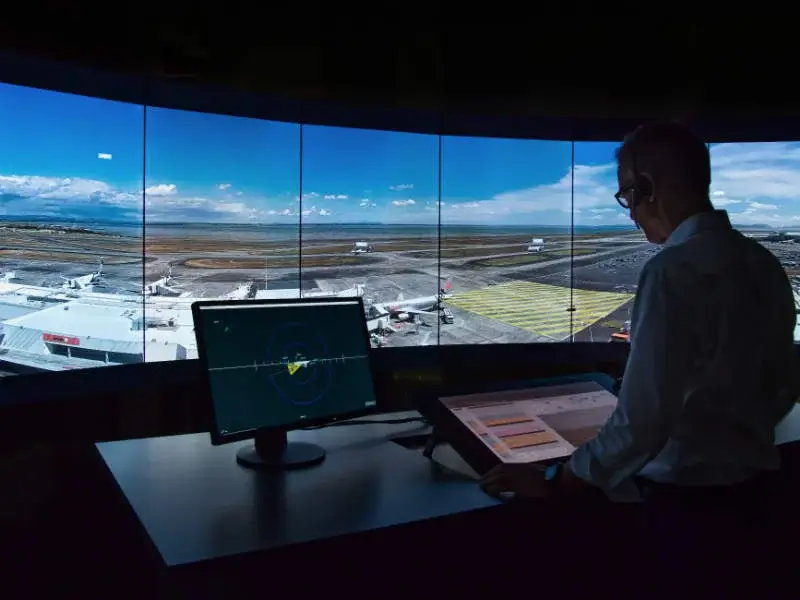
Control center of the airport
The control center of the airport is the busiest place in the airport. It is the place where all the flights are controlled and monitored. The control center is also responsible for coordination among different agencies like air traffic control, ground handling, security, and flight operations.
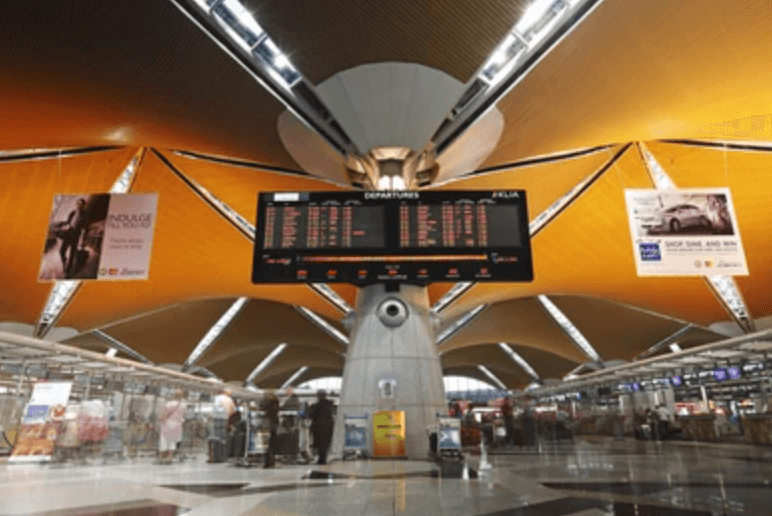
Airport Interior
If you’ve ever been to an airport, you’ve probably seen LED screens in the terminal. But what are they used for?
LED screens are used for a variety of purposes in airports, from providing information to travelers to advertising products and services.
LED screens can be found in many areas of an airport, including the check-in area, baggage claim, and gate area. They are often used to display flight information, such as departure and arrival times, gate changes, and weather updates. LED screens can also be used for advertising, and promoting products and services available at the airport or in the surrounding area.
LED screens are a popular choice for airports because they are highly visible and easy to read. They are also energy-efficient and can be programmed to display a wide range of information.
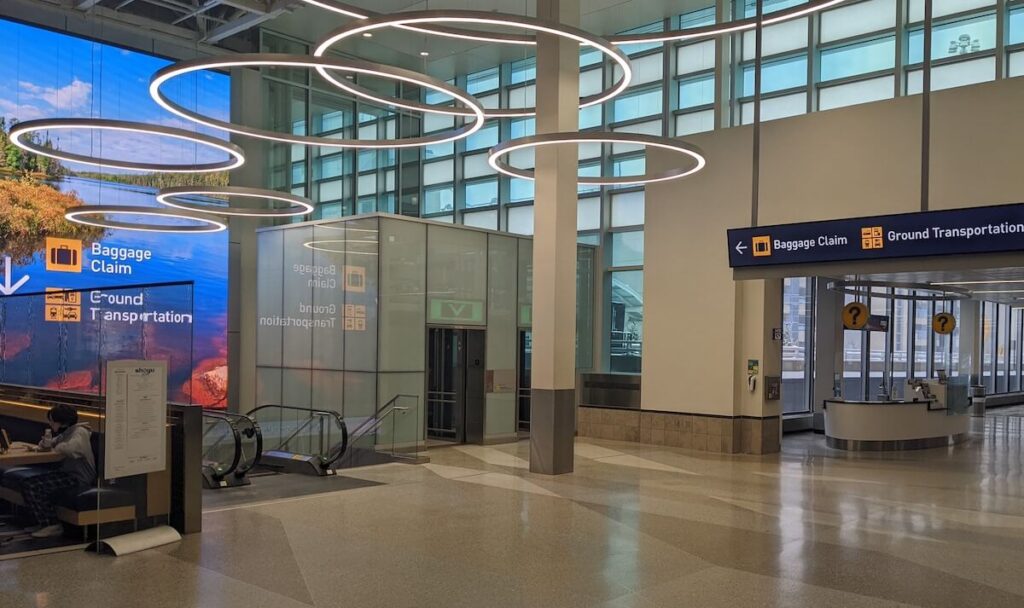
Baggage allowance
The average passenger brings along 2 bags when they travel- one for carry-on and one for checked luggage. Most airlines have a baggage allowance that allows passengers to bring a certain number of bags for free. For carry-on luggage, the average allowance is 1 bag per person. For checked luggage, the average allowance is 2 bags per person.
However, these allowances can vary depending on the airline, the type of ticket you have, and other factors. It’s always best to check with your airline in advance to find out their specific baggage allowances.
When it comes to airport LED screens, there are a few things to keep in mind regarding baggage allowance. First, each airport has its own rules and regulations regarding what can be brought onto the premises. Make sure to familiarize yourself with these before heading to the airport.
Second, keep in mind that LED screens are often delicate and expensive equipment. As such, you’ll want to take care when packing them in your luggage. It’s important to use proper padding and packaging materials to protect your investment.
Third, remember that some airports have restrictions on the size and weight of baggage that can be carried onto the plane. Be sure to check with your airline in advance to avoid any surprises at the airport.
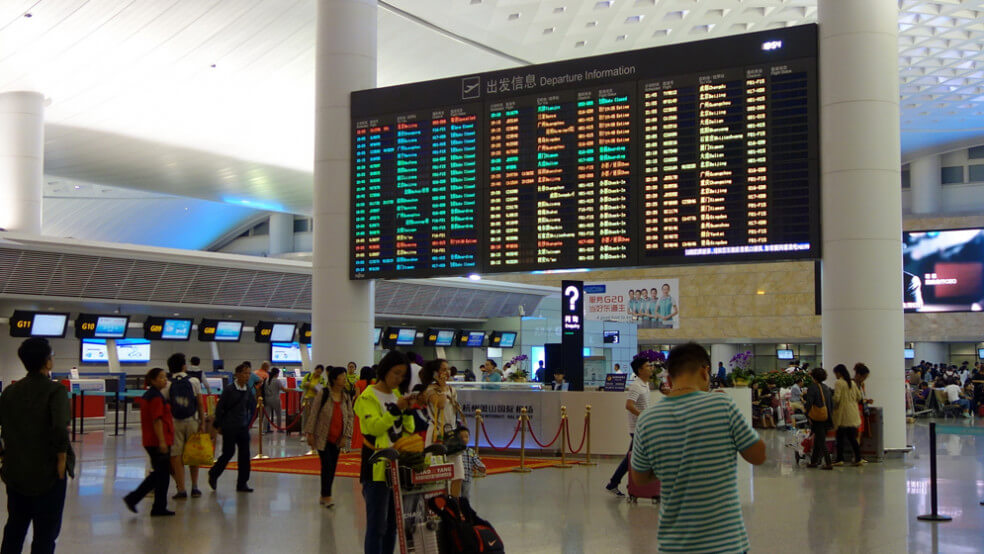
The counter in the airport lobby
The counter in the airport lobby is one of the most popular places to use an LED screen. Many airlines have their check-in counters equipped with these screens, which helps to guide passengers through the check-in process. The screens can also be used for advertising and promotion purposes.
What are the benefits of using LED screens for airport?
For airports, LED screens offer many benefits over traditional monitors. They are more energy efficient, have a longer lifespan, and can be controlled remotely. Additionally, LED screens can be customized to display any type of information that an airport needs to communicate to its passengers.
LED screens are more energy efficient than traditional monitors because they use less power. They also have a longer lifespan, so they will last longer and save money in the long run. Additionally, LED screens can be controlled remotely, so airports can change the information on the screen without having to physically go to the screen. Lastly, LED screens can be customized to display any type of information that an airport needs to communicate to its passengers. This makes them a versatile tool for airports of all sizes.
How to Choose the Right LED Screen for airports
There are a few factors to consider when choosing an LED screen for an airport. The first is the size of the screen. It should be big enough to be visible from a distance, but not so big that it overwhelmed your needs and select the most efficient equipment to meet those needs.”
“Most important is probably the content you will be displaying. If you want to show video or other live content, you will need a screen with a high refresh rate. If you are just displaying static content, such as flight information, a lower refresh rate will suffice. You will also need to decide on the resolution of the screen. A higher resolution will provide sharper images, but may require more processing power.”
“Another consideration is the viewing angle of the screen. For an airport, it is important that the screen can be seen from all angles, so a wide viewing angle is desirable. You should also consider the ambient light conditions in the airport when choosing an LED screen. If there is a lot of natural light, you will need a screen with high brightness to counteract it. Conversely, if there is little natural light, you can save energy by choosing a lower-brightness screen.”
The Future of LED Screens in Airports
The use of LED screens in airports is set to increase in the coming years as technology becomes more advanced and more affordable.
Airports are constantly looking for ways to improve the passenger experience and one way they can do this is by installing LED screens throughout the terminal.
LED screens can provide passengers with information on flight times, gate numbers and airport amenities, as well as advertising and entertainment content.
Installing LED screens in airports can also help to reduce energy consumption as they are more energy-efficient than traditional lighting solutions.
The future of LED screens in airports is looking very bright and we can expect to see more and more of them being installed in the years to come.
Conclusion
LED screens have become an essential part of everyday life in airports. They are used to display flight information, provide entertainment and advertisements, and create a more comfortable environment for travelers. By providing more efficient communication with airport personnel and guests alike, LED screens can help reduce passenger wait times while enhancing the overall airport experience. With their durable design and eye-catching visuals, LED displays offer airports a cost-effective way to improve efficiency while making customers feel welcome.
Free advice?
Make an appointment now in our showroom or at your location
We customize any design
by intelligent engineering
ShenZhen VSTAR Technology Co., Ltd
Bao'an District,Shenzhen,China
+86 755 2778 8682
info@ledvstar.com
Linda Yan
info@ledvstar.com
+86 133 4294 5573
Contact Form
Do you have projects about LED screens? Or maybe you are interested in our products? Fill out the contact form and we will answer as soon as possible.
SEND US A MESSAGE

